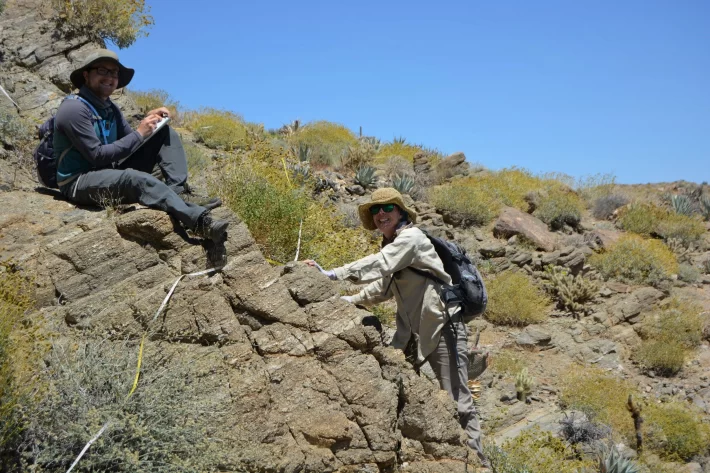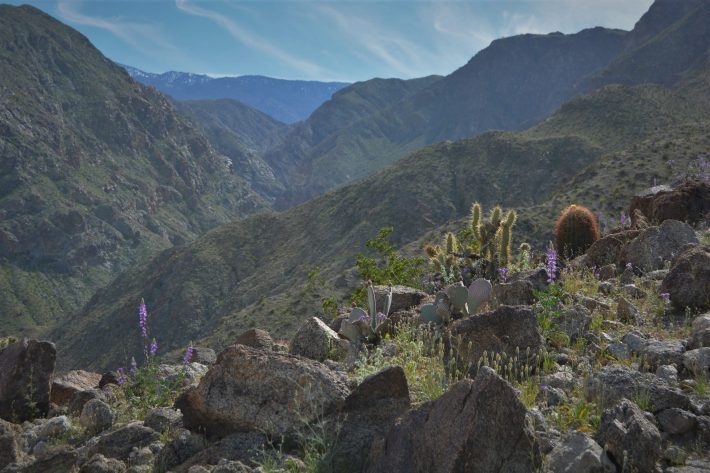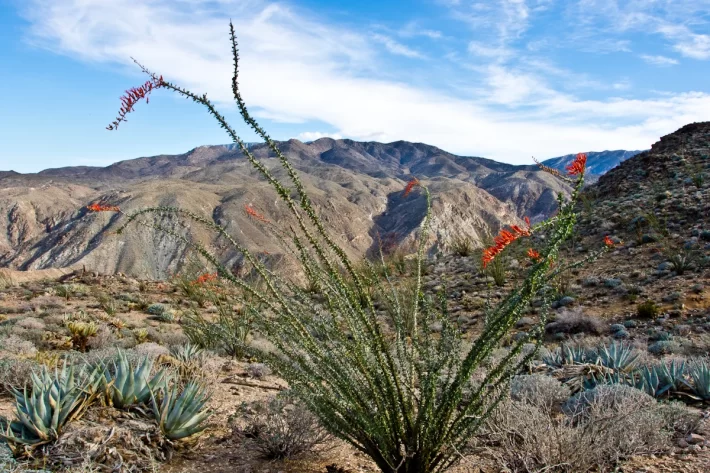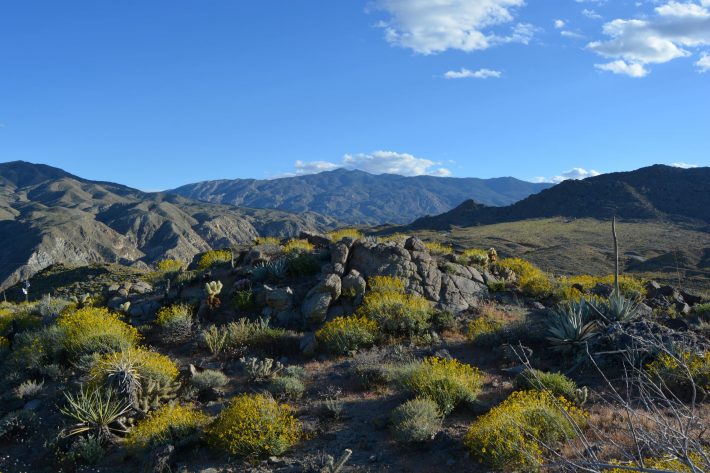Desert vegetation changing due to climate change
Researchers from the University of California, Riverside (UC Riverside) examine how climate change has affected the types of vegetation growing in the Sonoran Desert

In the Sonoran Desert, the hottest and driest in North America, climate change is wreaking havoc. Shorter shrubs that are able to survive on less rainfall and warmer temperatures are overtaking the desert’s original plant species.
Many studies have examined how our hotter, drier world is causing the redistribution of plants in temperate mountainous regions. Now, new research from UC Riverside documents the unexpected ways plants in the Sonoran Desert are doing the same.
Lead author of the study Tesa Madsen-Hepp explains “We thought most of them would move to higher elevations with cooler temperatures. Some lower-elevation trees are declining and shifting upwards, but other species are moving down into hotter and drier parts of the desert.”

The researchers believe this trend is likely to continue despite the heavy rain experienced in recent months. “The warming temperatures cause the most stress for these species. Even a year of rain wouldn’t mitigate the long-term drought trajectory at this point,” continues Madsen-Hepp.
Published in Functional Ecology, the research also examines the plants’ physical characteristics to explain this shift in distribution. These observations were carried out at the Boyd Deep Canyon Desert Research Centre in 2019.
The research area spans 8000 feet of mountainous desert terrain, which the researchers travelled whilst sampling plants. Findings from similar studies conducted by other ecologists in 1977 and 2008 provided a basis of comparison for the team’s more recent research.
Stress tolerant species like California Juniper and Pinyon pine are declining or shifting upwards, according to the study’s results. However, despite their shifting positions, they do not appear to be thriving. “Moving into their former low-elevation spots are plant species with shallower root systems, like brittlebush, burrow bush, and ocotillo,” Madsen-Hepp elaborates.

The shorter plants mentioned by Madsen-Hepp don’t rely much on deep soil water. In addition, they are also able to grow faster and invest fewer resources in their leaves. Senior author Marko Spasojevic also adds a valuable comment: “These weedier species are drought deciduous. In other words, they can drop the leaves when conditions get too stressful and wait for the drought to be over.”
Plants that keep their leaves all year tend to have thicker leaves with a higher carbon content. However, when plants drop leaves, the atmosphere can no longer pull water from them. This eases the demand on the roots to make up for the lost water.
“The desert ecosystem is just as sensitive to climate change as the tundra
The strategy that previously worked for plants in the Sonoran Desert isn’t working well enough anymore. “Increased climate stress in an already extreme environment is pushing the plants to their survival threshold. Once they reach their limit, there is no fixing it. There’s not much we can do to bring them back,” Tesa Madsen-Hepp explains.
The team also found that in contrast to more temperate ecosystems, the lower desert elevations are warming faster than the higher elevations. The shrubs and bushes taking over are not necessarily coming from the highest points in the desert. They’re also lower-elevation plants that have generally expanded their range.

The upward range shifts are on par with the higher end of global rates for plant movement as a climate change response. Plants in temperate regions have shown range shift rates between 5 and 30 metres per decade. However plants in the Sonoran Desert have a shift rate of 29 metres per decade.
“The tundra is usually seen as the leading indicator of climate change, but we’re seeing here that the desert ecosystem is equally as sensitive to climate change. The way to ease this stress on the ecosystems is simple: we need to cut fossil fuel emissions,” concludes Spasojevic.
This article has been adapted from a University of California, Riverside press release.
Read more here:
, , , , & (2023). Plant functional traits predict heterogeneous distributional shifts in response to climate change. Functional Ecology, 00, 1– 14. https://doi.org/10.1111/1365-2435.14308
Like what we stand for?
Support our mission and help develop the next generation of ecologists by donating to the British Ecological Society.